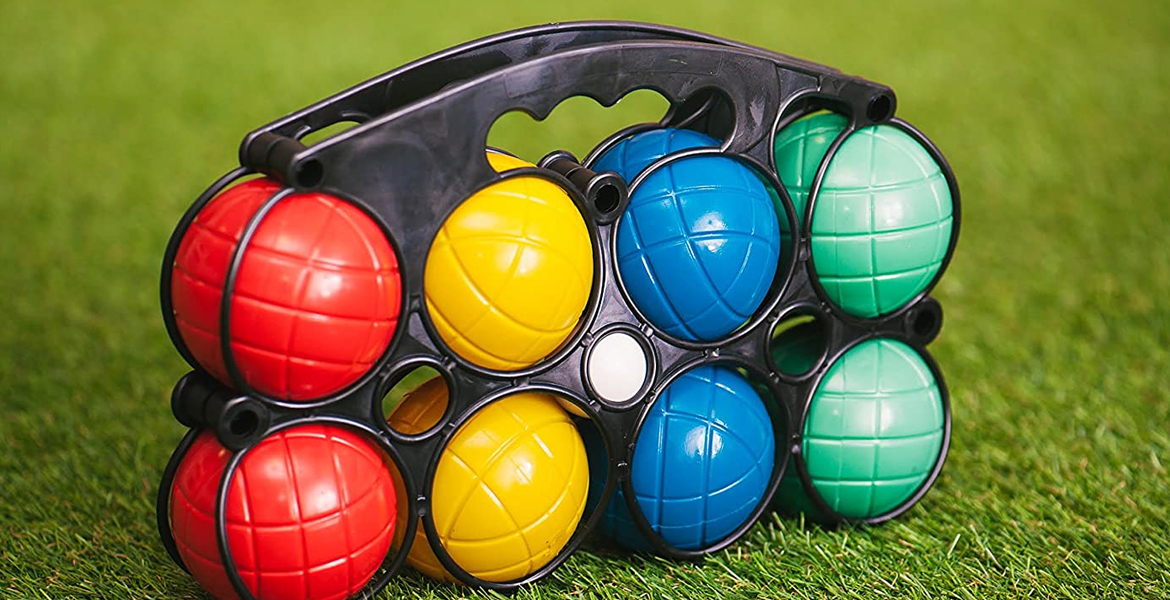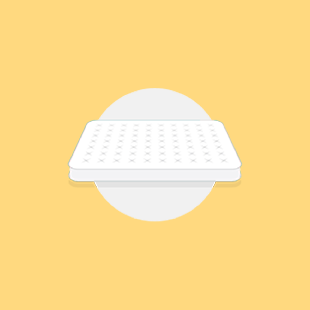Cart review

Indoor games and warm rugs or outdoor games and Sunshine?
Nowadays, the majority of youngsters use smartphones, tablets, and other electronic games for gaming. But, unfortunately, children’s available screen time has a detrimental effect on their physical, emotional, and psychological well-being.
It is critical to encourage children to participate in outdoor games. This is because outdoor games are not only enjoyable but they also provide a variety of health benefits.
Continue reading to discover more.
-
Promotes the development of social skills
When youngsters go outdoors, they engage in interactions and play with other children their age. This enables youngsters to develop social skills that will help them improve their communication and behavioral abilities.
Children that spend the majority of their time inside develop antisocial behavior tendencies.
Thus, it would be beneficial if you enabled children to make new connections without adult participation to help them develop a sense of independence and trust.
-
Assistance with physical growth

Physical activities are critical for proper development, especially in young children. Outdoor games need various athletic movements, such as sprinting, jumping, throwing, and catching a ball.
This not only increases children’s endurance but also helps them develop strong bones and muscles. Additionally, all outdoor games benefit children’s physical and cardiovascular development.
-
Vitamin D Supplementation Increases
Sunlight exposure exposes children to clean air and lots of sunshine. This increases the amount of vitamin D in your bones. However, since children play less often these days, their chances of developing a vitamin D deficiency have increased.
Without enough vitamin D, children’s bone and muscle health suffer. You may give them pills or multivitamins, but the quickest and cheapest way to enhance vitamin D is via sun exposure.
-
Improves concentration

Why don’t we go for a walk in the fresh air to clear our heads? Likewise, this is true for children. Youngsters who spend time outdoors are more focused and attentive than children who do not spend as much time outdoors.
Team sports like basketball, paintball, football, and handball help improve children’s attention, especially those with DHA symptoms who have difficulty maintaining their concentration in one location for an extended period. If your children are interested in learning more about paintball, check out Paintball Pick.
-
Enhances the engine’s capabilities
Motor skills dictate the movement and function of bones and muscles. As a result, a child needs to develop motor skills to develop self-confidence and trustworthiness.
Outdoor games include throwing, jumping, running, and catching, among other brain functions that assist a child in rapidly developing motor abilities.
Additionally, their coordination, attentiveness, and judgment are enhanced.
-
Boosts Immunity
Are you concerned that your unwell youngster may collapse on every full moon?
Allow him to monitor his health and observe how it improves. For example, according to some study, children who participate in outdoor physical exercise have a stronger immune system than children who do not.
It boosts Immunity in the open, enhances the body’s defenses against disease, and promotes faster recovery.
-
Contributes to the development of imagination and creativity
Smartphones and other technologies have harmed a child’s ability to tap into his or her imaginative and creative potential. Outdoor games are an excellent way for your child to exercise his or her imagination and inventiveness.
Outdoor games let children explore new things and create new games. Additionally, being in the air amidst trees, flowers, birds, and other objects stimulates a child’s brain to work creatively.
-
Facilitates the release of energy
Physical activities outside are the most guaranteed way to expand your children’s energy. This is especially beneficial for children who exhibit signs of ADHD.
Children have plenty of energy; they can climb up and down the stairs indefinitely without being fatigued. Additionally, enabling children to play outdoors is an excellent method for them to expend surplus energy.
Let your children a break from the equipment and allow them to play in the sun and fresh air.
Indoor games may be just as enjoyable!
Another day of rain, or is it going to be bone-chilling? We see you: restless youngsters sitting on their sofas, their clocks ticking slower than usual, and you’re thinking of novel ways to complete tasks. Finally, you have arrived at the proper location. We’ve got you covered with this list of the best indoor games you’ve ever played.
-
Simultaneous paper and pencil games.
We compiled a list of must-play pencil and indoor paper games, from Battleship to Sprouts, that consistently outperform television. Therefore, get your pencils and paper and check out our best pencil and paper games.
-
Building Blocks
This does not need an attractive building set. Popsicle villages and card towers are acceptable, as block buildings or indoor fortresses constructed from boxes and pillows. If you desire to compete, whoever builds the highest tower wins.
-
The enchanted mother (or Papa)
Be Harry Houdini’s children—naturally without locks, chains, or water tanks. Place a penny underneath one of the three glasses and stir. Therefore, have your children estimate which cup the coin contains. Cunning parents may place the cups near the table edge and conceal the monies. Then, consider your eyes in astonishment when you see the currency has vanished!
-
Card games
Card games are perfect for challenging young minds and providing hours of indoor entertainment. So, therefore, grab a card box and check out our favorite vintage card games.
-
Jigsaw puzzles
Exercise your creative, cognitive, and problem-solving muscles with a challenging puzzle. You may either purchase a selection or let the youngsters build their own. First, pose your children in front of a sturdy piece of Bristol or cardboard. Then, using a pencil, draw puzzle pieces directly onto your artwork. Finally, cut the pieces out using a pair of fine scissors, mix them, and you’re done. Crafting and indoor games combined into one enjoyable pastime!
-
Freeze up!
Choose a few of your children’s favorite songs and pump up the volume. Then, kindly request that she dance until the music stops. Naturally, when this occurs, they must freeze, regardless of whether they have one leg up or are in any other position. To increase the game’s difficulty, instruct youngsters to freeze in certain poses: animals, shapes, letters, or yoga postures. Toddlers, in particular, like this game.
The winner is presented with her gold medal! Create your ribbons with this easy craft:
-
Board and family games
For a comprehensive list of the best indoor family games, from Nursery Rhyme Games to Clue, check out our handy list of the 20 greatest family games.
-
Paper-bag skits
This indoor game is ideal for larger gatherings and is a popular way to wind down. First, separate the youngsters into groups. Distribute props to each group, like a spoon, toy jewelry, a sock, a ball, or a band. Then allow 15 minutes to construct a snowboard using the props. This game is so fun that it is not necessary to compete. However, if the youngsters so want, they may vote on a winning skit as a group.
-
Inside hopscotch
This popular playground will undoubtedly be a hit inside as well. First, create hopscotch on each level. The masking tape elegantly creates the nine interconnected squares. Boxes 1-3 must be put in a single line, one on top of the other. The next two boxes (4, 5), a single box (6), two other boxes (7, 8), and the last half-circle home base should be placed side by side (9). Following that, choose a marker such as a coin, stone, or bag. The first player tosses the marker onto Place 1 without allowing it to bounce or cross the line. If the player succeeds, he or she will hop — one foot on single squares and two feet side-by-side —to avoid playing #1. Before returning, the player may rest on “home.” On the way back, he or she snatches the sign in square #1 and, if successful (lands within the lines, hops or jumps on the correct footing, does not fall), changes and throws it in square #2. If the player fails, the next player takes his or her turn. Next, players reintroduce themselves by throwing the marker on the previously played box. The winner is the first player to successfully cast the marker at home (#9) and complete the course.
Buy your favorite indoor and outdoor games from Mattress Discounts now and pay later with Afterpay.












